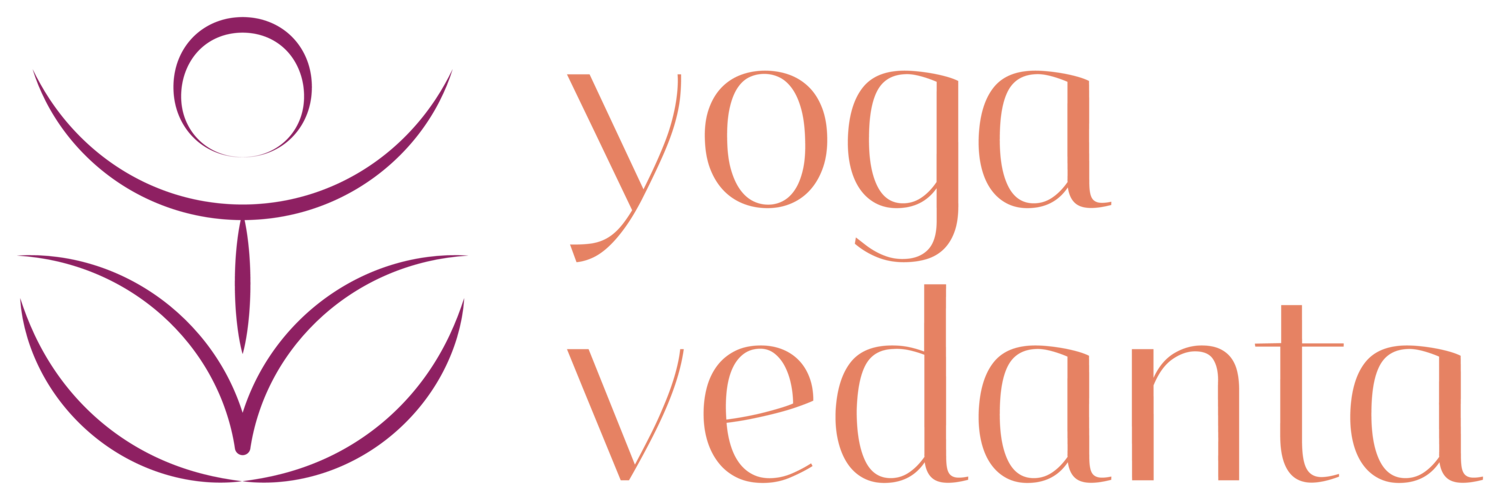Pranayama - a bridge
Based on the ancient scriptures and teachings of our Gurus, I understand and believe that meditation is an experience of going beyond the body and mind to an awareness that cannot be explained through words. However, to reach this experience, there are some physical and mental practices that can be taught / learnt engaging one’s body and mind. Through applying a number of techniques for these practices, one can learn to transition from the waking state into the state of Meditation. But adopting and following a particular technique blindly, without being aware of what is conducive and effective, the results are hugely delayed. It is just like groping for the light switch in a dark room … or like jumping into the pool without understanding the basics of swimming. These practices are very individual in nature to the aspirant and choosing the most compatible technique is desirable for quick results.
Before embarking on the journey to pursue the goal, we must have basic understanding of how the mind works and how the physiological control of the body helps in establishing us into meditative practices. There are four major paths described in our ancient scriptures - Raja Yoga, Jnana Yoga, Bhakti Yoga and Karma Yoga that guide us to choose a practice most suitable to our temperament. A technique, which is in harmony with one’s personality, state of mind and the environment, makes the journey easy and fruitful.
Pranayama is one of the tools amongst many others, which if learnt and practiced well, can lead to the state of stillness that comes through regular personal practice.
However, contrary to the common perception …mostly expounded by many spiritual video churners on the digital media (so-called Gurus), the learning and practice of Pranayama alone does not transition one into the state of meditation. Pranayama is a process that prepares and leads one to control the energy called Prana (subtle manifestation of which is a thought). Control of this energy through Pranayama leads to a subtler state in-between, called Pratyahara (withdrawal of senses) that gradually transitions one into Dhyana (meditation).
The state of Dhyana (meditation) can also be achieved through the practices specified in other forms of Yoga …as mentioned above.
In simple words, Pranayama is a bridge between gross (Sthula) and the subtle (Sukshma). But if you feel you don’t have time or the patience to practice to reach the level of Nadi Shodhana from basic breathing (takes about 3 months), you should try other methods for achieving a state of Dhyana (meditation), based on Bhakti Yoga, Karma Yoga etc.
